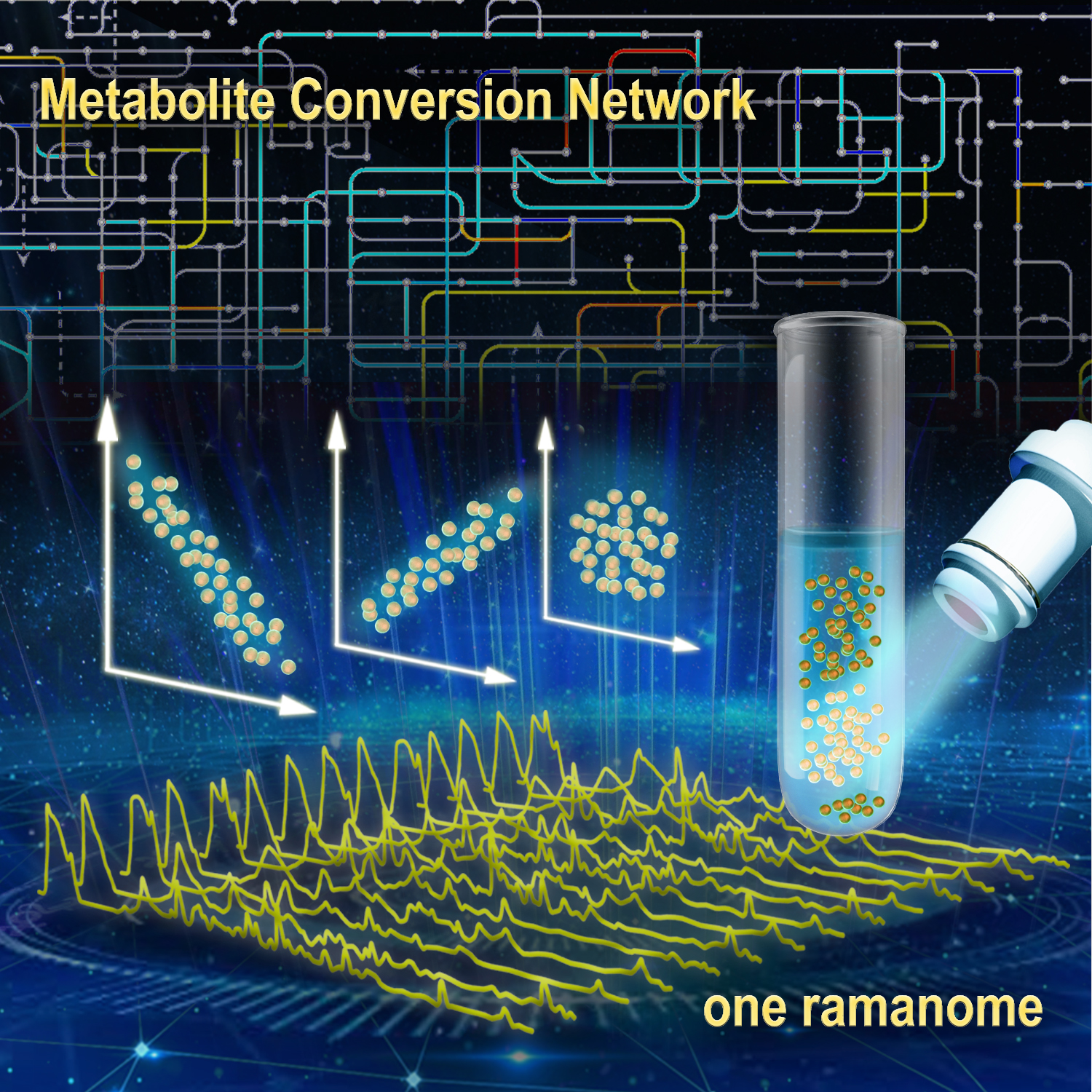
Researchers with the Single-Cell Center, Qingdao Institute of Bioenergy and Bioprocess Technology (QIBEBT) of the Chinese Academy of Sciences (CAS), have developed a fast, low-cost and high-throughput technique capable of profiling dynamic metabolic features from just one isogenic sample of cells.
The study was published in mBio on August 31.
Any population of genetically identical cells likewise could present a great many different phenotypes. These phenotypes can be described at a much more granular level by metabolites.
Finding correlations between metabolism-related phenotypes is extremely useful. For example, discovery of a link between an abundance of a particular type of metabolite and a particular disease potentially offers very useful information for diagnostics and other medical applications.
Use of high-resolution mass spectrometry studies across a 'metabolome', or set of all metabolites, of a great many datasets, has been used to identify these very metabolites that characterize a certain disease.
However, the strength of such studies is generally dependent on many samples, with each sample containing a large number of cells. The QIBEBT team has developed a technique that is able to quantitatively profile various metabolism-related phenotypes from just a single snapshot of a single test tube, that is, by treating each cell as one distinct "sample".
The researchers use single-cell Raman microspectrometry, which exploits how light interacts with the chemical bonds, in a molecule in order to enable identification of the metabolic profile of a cell in a rapid way without altering or destroying it. Laser light interacts with metabolite molecules, driving the energy of the laser photons up or down. A 'landscape' of the thousands of peaks and valleys of photons bumped up or down emerges that is characteristic of particular metabolite molecules synthesized by the cell, and thus of its metabolic phenotype.
"Just like how a portrait can reveal multiple facial features of a human individual, Single-cell Raman Spectra (SCRS) can unveil cellular phenotypes in a landscape-like manner," says Prof. XU Jian of Single-Cell Center at QIBEBT, the corresponding author of the study, "simultaneously revealing simultaneously multiple metabolism-related phenotypes of a cell in a particular state."
The researchers call this the "ramanome", or set of all SCRS randomly sampled from a population of genetically identical cells—a metabolic snapshot of this population at the single-cell resolution.
Then, by taking advantage of the inherent, universally present variation of metabolic activities among these individual cells, the researchers proposed and demonstrated the ability to unravel numerous between-phenotype links, essentially predicting a network of metabolite inter-conversion, from just dozens of cells from one tube of isogenic cells. And they call this investigative framework "Intra-Ramanome Correlation Analysis", or IRCA.
"One beauty of IRCA is that, instead of the conventional notion of treating each bottle or colony of cells as one 'sample', now each cell becomes one independent 'sample', and this creates many incredibly exciting opportunities," adds Dr. HE Yuehui from Single-Cell Center, the first author who spearheads IRCA algorithm development.
The team has since applied IRCA across the ramanomes of many different species of bacteria, microalgae and fungi with high throughput and at low cost, demonstrating the universal value of IRCA to the plethora of types of cells in nature.
Having proven the theoretical frameworks that underlie IRCA, the researchers now hope to see the technique unleashes a host of new data-driven scientific endeavors that uncover the hidden dynamic features of cellular metabolism.

New ramanome technology unveils metabolite conversion network from single cells (Image by LIU Yang)

86-10-68597521 (day)
86-10-68597289 (night)

52 Sanlihe Rd., Xicheng District,
Beijing, China (100864)

